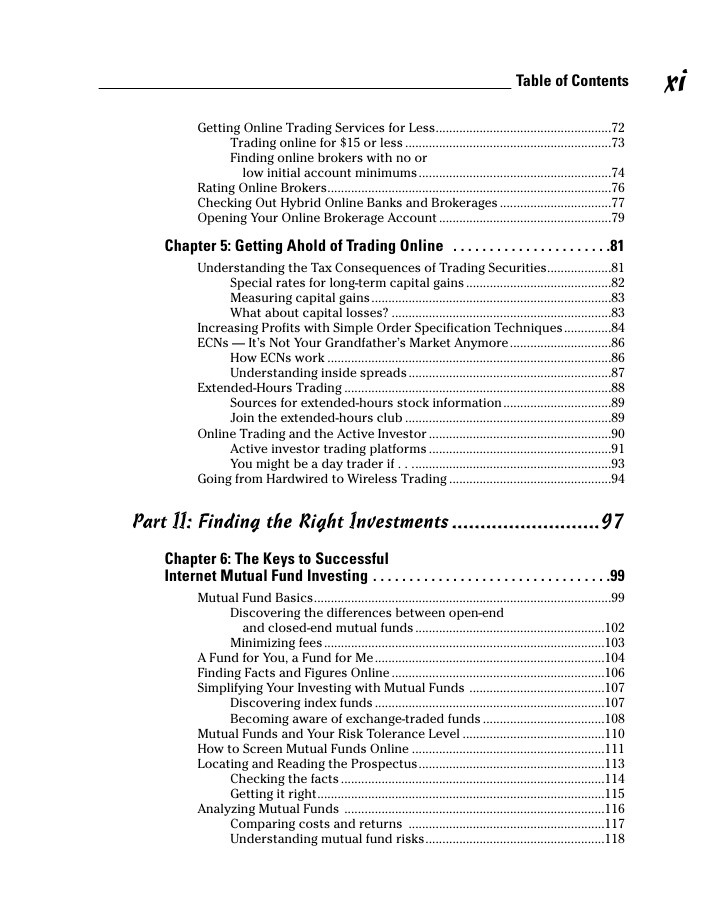Uncovering Hidden Costs of Mutual Fund Investing UC Davis Graduate School of Management
Post on: 30 Июль, 2015 No Comment

The expense ratio is one of the few reliable predictors of mutual fund return performance, and the increasing market share of low-cost index and exchange-traded funds suggests that investors use this information when making investment decisions.
However, as noted by Vanguard founder John Bogle and other prominent industry observers, the expense ratio captures only the “visible” (i.e. reported) costs of mutual funds. Funds incur a host of “invisible” costs that are less transparent to investors—most notably, the transaction costs associated with implementing changes in portfolio positions.
Analyzing portfolio holdings and transaction data for nearly 1,800 equity funds from 1995-2006, Associate Professor Roger Edelen and his co-researchers from the University of Virginia and Virginia Tech found that these invisible costs are quite high—even higher than the expense ratio on average. Moreover, they have a significant negative impact on performance.
Funds’ average annual expenditures on trading costs (i.e. aggregate trading cost) were 1.44% compared to their expense ratio of 1.19%. And there was considerably more variation in fund trading costs than in expense ratios. Their study, “Shedding Light on ‘Invisible’ Costs: Trading Costs and Mutual Fund Performance,” was published in the January/February 2013 issue of the Financial Analysts Journal.
We found a strong negative relation between aggregate trading cost and fund return performance, providing a powerful predictor of relative performance” Edelen says. “Given the power of aggregate trading cost in predicting fund performance, it would be a useful tool for investment decision makers – particularly in avoiding poor performers.”

However, direct estimates of trading costs for funds are hard to come by and difficult to quantify, says Edelen. The most widely used proxy is fund turnover, but Edelen points out that fund turnover does not take into account the differential cost of fund trades, which depends on both trade size and the liquidity of stocks traded (i.e. small cap versus large cap).
Instead, Edelen and his co-authors offer a feasible, yet powerful alternative for researchers and investors. This “position-adjusted turnover” measure is computed by multiplying each fund’s turnover by its relative position size. A fund’s relative position size is equal to its average position size (total net assets divided by number of holdings) scaled by the average position size of all funds in the same investment category.
“Relative position size identifies funds that are ‘relatively’ big compared to the markets that they trade in, and thereby captures the price impact of the fund’s trades—how much they move prices when they trade. This is the greatest component of a fund’s trading costs,” Edelen says.














